As Spring is unfolding here in the Northern Hemisphere, it arouses in me the need to release; the energetic action of Spring is the upward-outward movement of Qi. This inspires me to let go of things, behaviors, routines that have not served me and hinders me to feeling well within myself. One of the ways of doing this is Fasting.
I was exposed early on in life to Fasting; I grew up in Malaysia where Islam is the official religion. Many of my classmates in school fasted during Ramadan every year, even from the age of 7 onward. I was brought up Christian, which also has its own tradition of Fasting, whether at Lent or Advent, or even the Friday meat abstinence. Personally, I did not try Fasting until later in my teenage years, but we did observe meat abstinence on Fridays. As such, Fasting had for me a religious/ spiritual significance early on. Later, I became aware that one could fast for health purposes too. One of my teachers in Chinese Medicine school made us try Fasting as a project for class. After this, it inspired me to Fast on the New Moon of every month for almost a year. In this year, I went from Fasting for my own personal themes, to dedicating my Fasting for the benefit of others. It taught me that our bodies are actually quite resilient and can withstand a certain amount of time without food. It also gave me a stronger sense of connection to others, for whom I dedicated my Fasting to.
These days, Intermittent Fasting is all the trend. This does not surprise me. We live, at least in the Western world, in a time of plenty, of fullness; we are actually bombarded by too much – too much food, too much information, too many choices, etc. It is no wonder that we seek to “declutter” our bodies and minds. Many use Fasting as a way to lose weight, which is not the best goal to have with this method, since we know that most of the weight you lose in Fasting will probably come back the moment you resume eating as before, without making any alterations. But it can be a way to begin the process of change; after the Fasting period is over, begin building up a practice of eating in a different manner.
What is Fasting? For some, it can mean not eating and/ or drinking at all for a certain amount of time. It can also mean eating a single type of food, or eliminating one or more foods, for a particular time frame. Fasting can also be about not consuming something else, like cigarettes, alcohol, information or digital media-binging, which we often times hear these days as digital-detox. I believe Fasting is and has to be a very personal process, as each being is unique with different constitution, life history and circumstances. There are so many reasons for Fasting; these can include spiritual intentions, emotional purification, physical detoxification, medical intervention, to name a few. Recent studies have shown that Fasting, as short as 7-days and modification to a plant-based diet, can improve the symptoms of Rheumatoid Arthritis and inflammatory conditions. They all entail some form of letting go, of changing the regular, everyday behavior or practices.
One of the best ways of practicing Fasting is to be on a retreat, where one is secluded from her/ his everyday life habits. Much of our everyday events, habits and time are built around food and meals; we are either thinking/ planning a meal, shopping/ preparing a meal and cleaning-up from a meal. When we go into retreat, we are allowed to take a break from this rhythm. This can be done alone or in a group with a common goal. It is probably the best manner, as it is supported by the change in the environment, as well as rhythm and/ or by someone with Fasting knowledge or a supportive group during the process, to maintain focus on Fasting. One is not exposed to regular activities that trigger the need to follow old, established patterns and may provide a clear intention for a specific time. Of course, not all of us can afford the time or space financially or life circumstances may prevent us from doing a retreat. But this does not mean we can’t practice Fasting; it just means we have to put a little more effort, discipline and focus.
Obviously, there are certain individuals and life circumstances that do not need to or should not do Fasting from food-drink. These include pregnancy, breastfeeding, emaciation, serious physical and mental degeneration. Fasting in the middle of Winter or in cold weather can be non-beneficial and dangerous, as we get warmth from food, as well as expose the body to cold when we undergo detoxification. If you tend to get cold easily, plan Fasting in the warmer times of the year, like closer to summer, or do a milder Fast, like taking only one kind of food out of your diet.
The feeling I get after Fasting is often gratitude and space; I realize after this period that I am blessed to be alive and that I have space within myself again. I am then reminded of a children’s story, which is also a song, that I used to read to my kids when they were young. It’s written by Julia Donaldson and illustrated by Axel Scheffler, “A Squash and a Squeeze.” It tells of an old woman, living in a house, which she thinks is too small, until an old man comes along with some advice to bring in her animals: a hen, goat, pig and cow. She does this and begins to see how tight this is and takes them all out once more, realizing that she actually has lots of space in her house. In the end, it is all a matter of perspective – Less is more.
Image by Claudio-Duart-Design on Pixabay

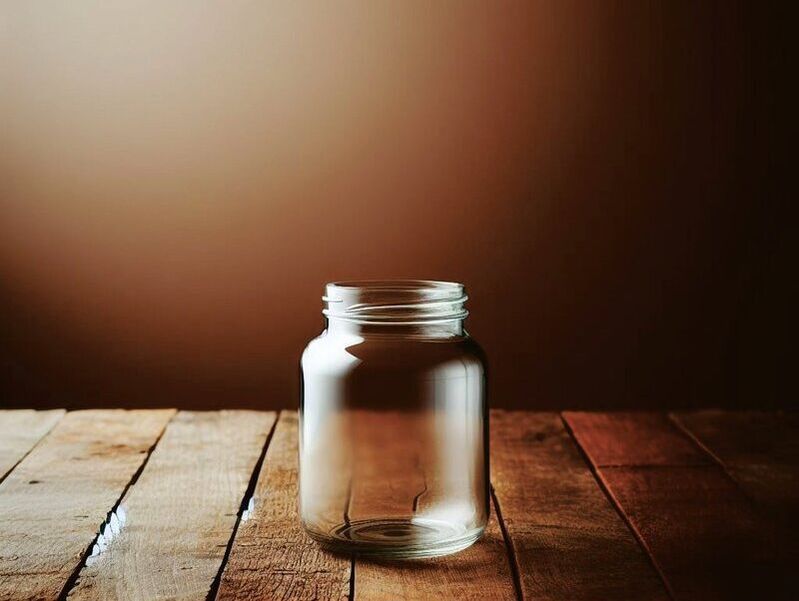
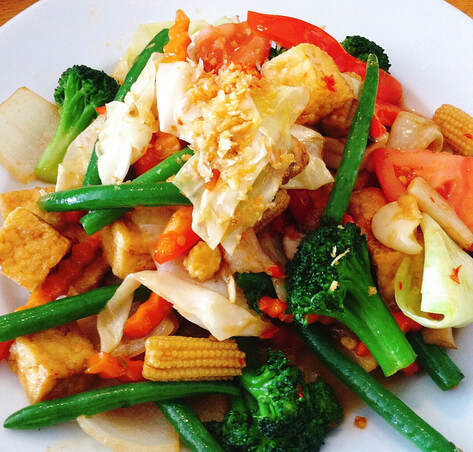
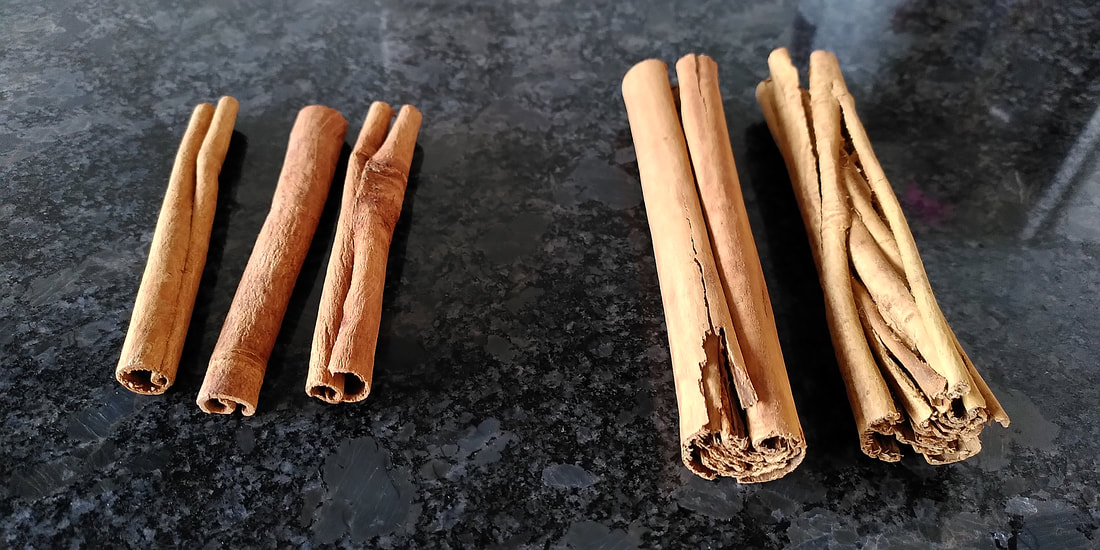

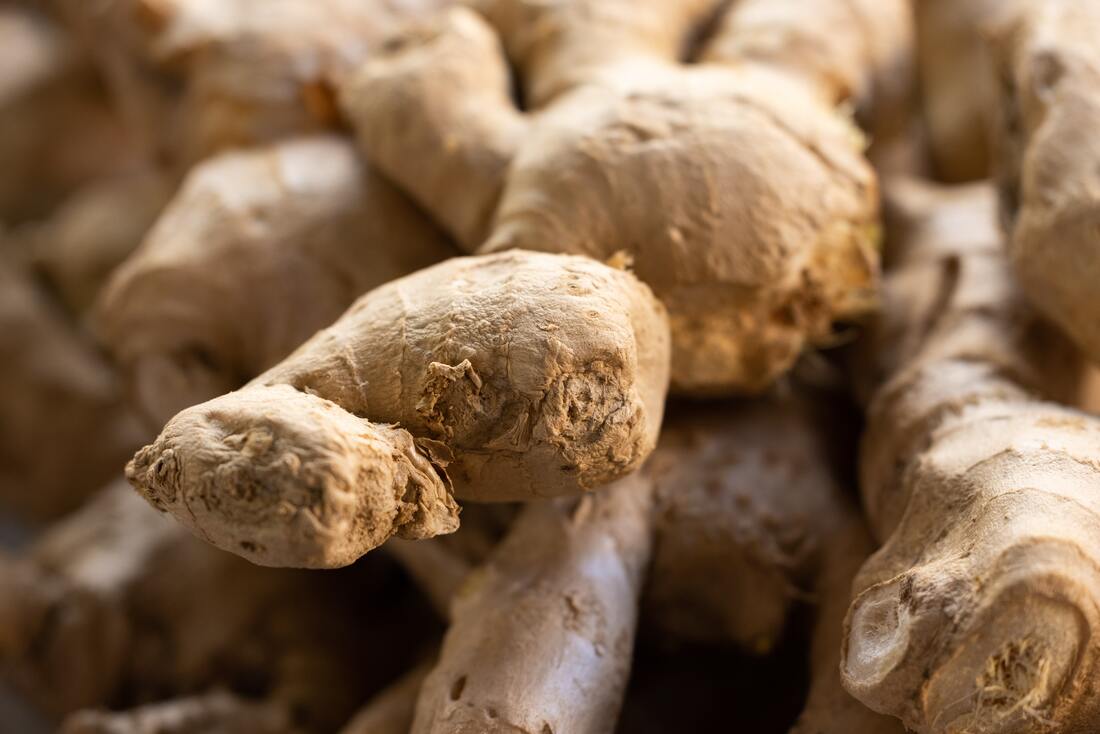
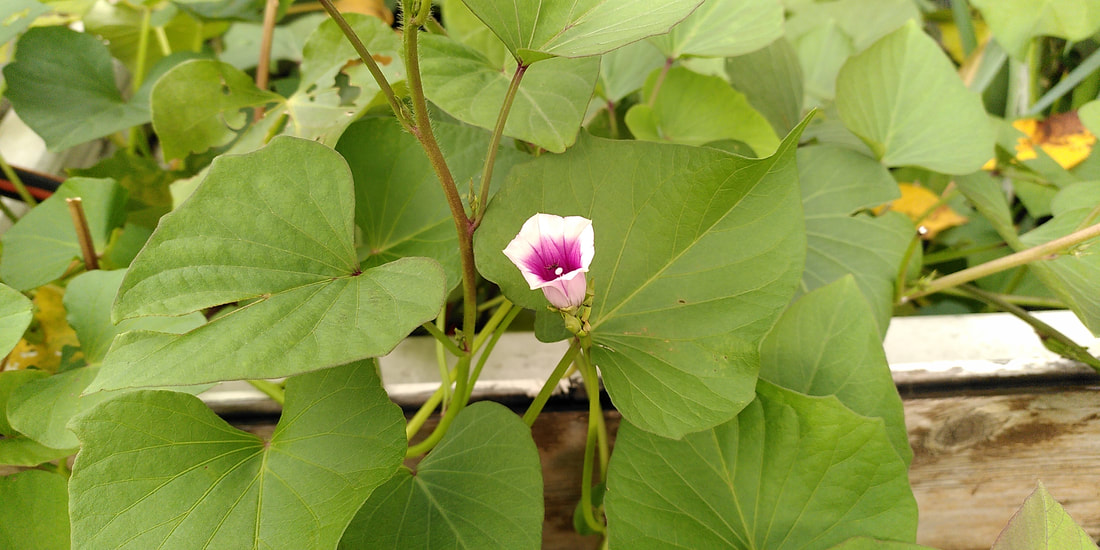
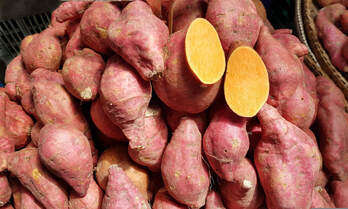


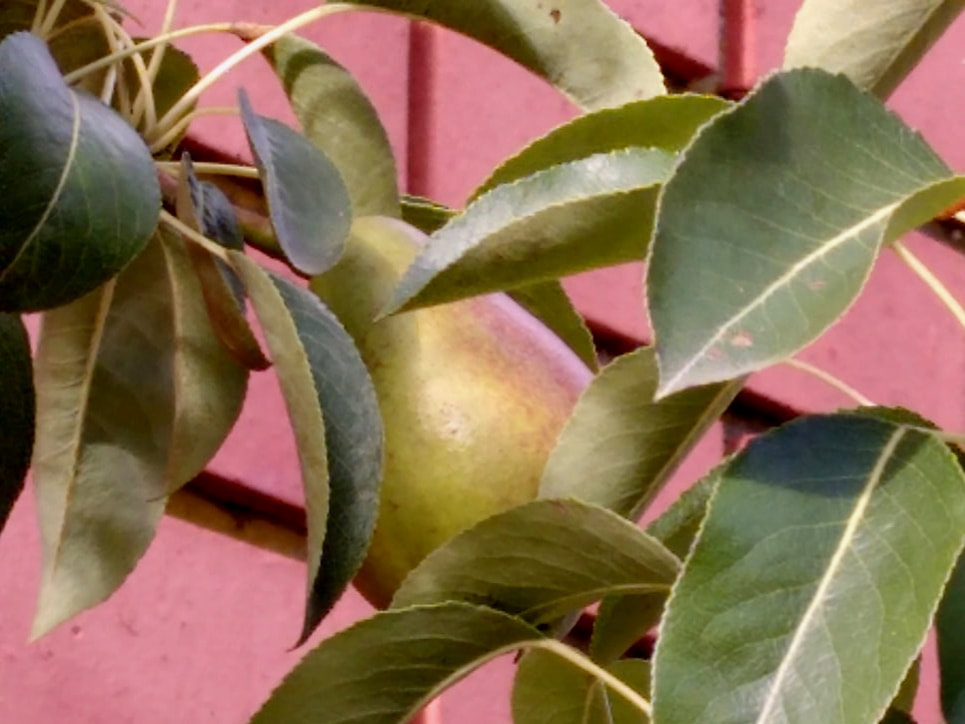
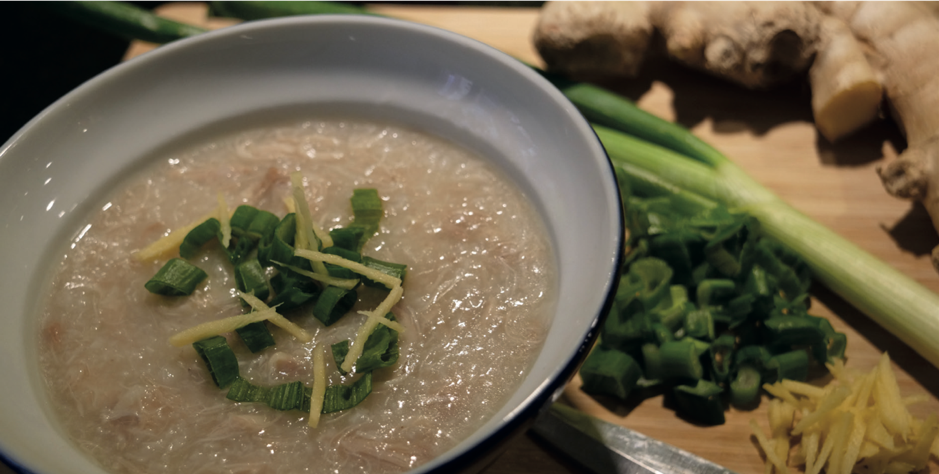
 RSS Feed
RSS Feed